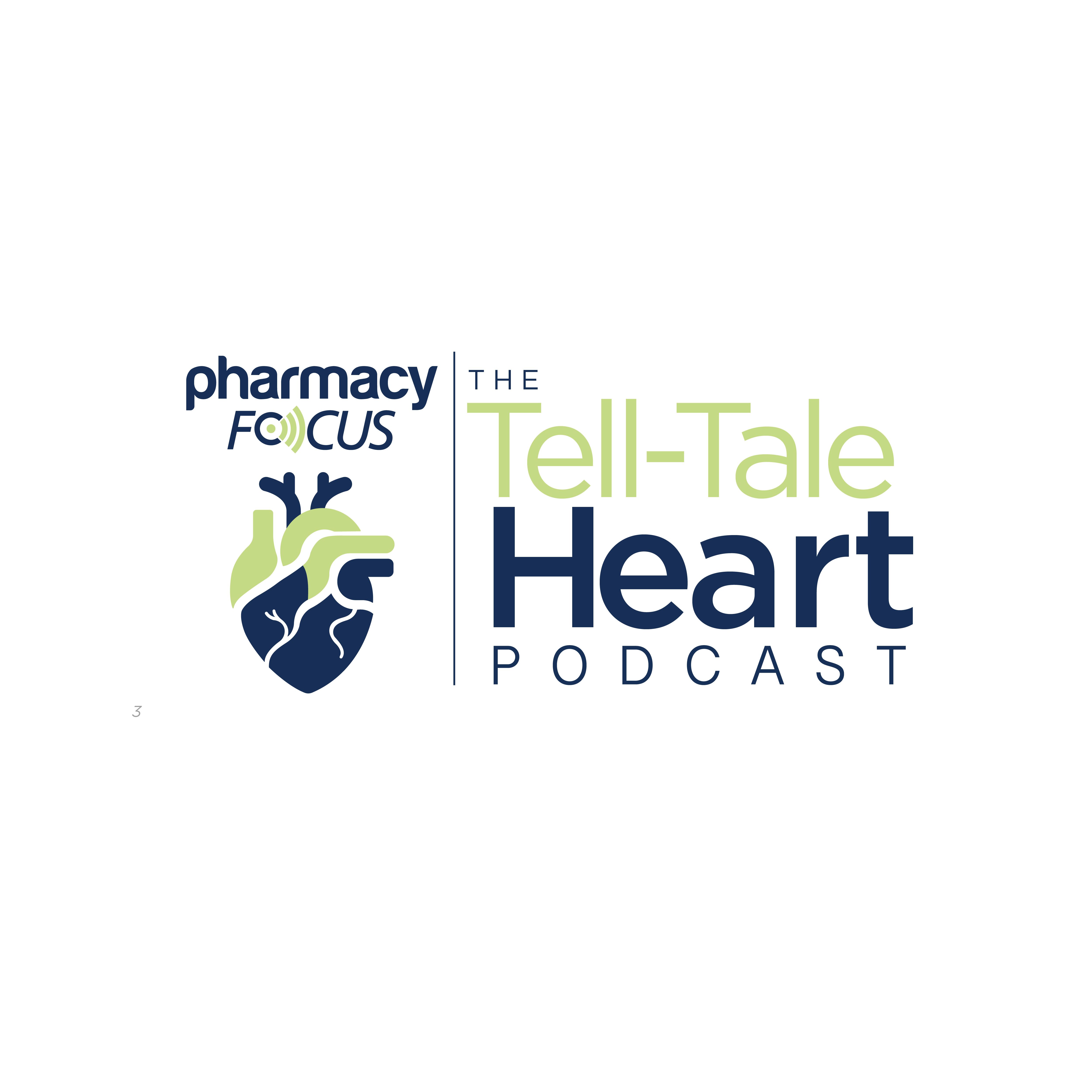Pharmacy benefit managers (PBMs) play a critical role in the US health care system by managing prescription drug benefits for insurers, government programs, and employers. However, the industry faces growing scrutiny over pricing transparency, rebate structures, and patient access to medications. As we move into 2025, the PBM landscape is undergoing significant transformation driven by regulatory changes, artificial intelligence (AI) integration, and transparency initiatives.
Regulatory Landscape: Cracking Down on PBM Practices
In 2024, the Biden administration and Congress introduced several measures to increase PBM transparency and reduce prescription drug costs. Regulatory bodies such as the Federal Trade Commission (FTC) and Centers for Medicare & Medicaid Services (CMS) have intensified investigations into PBM pricing practices, particularly spread pricing, and rebate structures.1
On the federal level, CMS has introduced new rules requiring PBMs to disclose rebates, administrative fees, and negotiated prices with pharmaceutical manufacturers and pharmacies.2 Meanwhile, over 30 states have passed laws restricting PBMs from using claw backs (charging pharmacies more than what patients pay) and gag clauses (preventing pharmacists from informing patients about lower-cost alternatives).3 As of 2025, PBMs managing Medicare Part D plans must pass all negotiated rebates directly to consumers, reducing out-of-pocket costs for seniors.4
Case Study: Ohio’s Crackdown on Spread Pricing
In 2023, Ohio’s Medicaid program found that PBMs overcharged the state by $224 million through spread pricing, in which PBMs billed Medicaid more than they reimbursed pharmacies.5 In response, Ohio transitioned to a pass-through PBM model, requiring full pricing transparency. Other states are following suit, accelerating the industry shift toward transparent business models.6 Although these regulatory changes promote fairness, they challenge traditional PBM revenue structures, forcing companies to adapt.
AI and Technology: The Digital Transformation of PBMs
AI is rapidly reshaping the PBM industry. AI-driven analytics and automation are streamlining operations, improving medication adherence, and detecting fraud.7
OptumRx, a major PBM, uses AI to predict which patients are at risk of medication nonadherence. The system triggers personalized interventions, reducing hospitalizations and improving patient outcomes.8 Meanwhile, CVS Caremark has implemented AI-driven prior authorization (PA) tools, cutting approval times from several days to minutes and reducing administrative burden for providers.9 Finally, AI-powered platforms like Surescripts provide instant insights into a patient’s out-of-pocket costs and coverage options, allowing prescribers to make informed decisions at the point of care.10
Business & Financial Implications: The Future of PBM Revenue Models
With stricter regulations and heightened transparency requirements, traditional spread pricing and rebate-dependent revenue models are becoming less viable. PBMs are exploring alternative business models to stay profitable while maintaining compliance.
Some PBMs are shifting to a flat administrative fee model instead of relying on rebates, ensuring full pricing transparency.11 Additionally, partnerships between PBMs and AI-driven health technology companies (eg, AI-powered formulary management integrated into electronic health records) are creating new revenue streams.
About the Author
Muhammad Cheema, PharmD, MPBA, completed the Master of Pharmacy Business Administration (MPBA) program at the University of Pittsburgh. With extensive experience in pharmacy management, Cheema has excelled in high-traffic community pharmacy settings, managed care, and specialty pharmacy, displaying his commitment to operational excellence and patient care. His diverse background positions him as a forward-thinking leader in the pharmacy and healthcare industries.
Conclusion: A New Era for PBMs
The PBM industry is at a turning point. With regulatory pressures, AI-driven efficiencies, and transparency mandates, PBMs must innovate or risk obsolescence. Those that embrace technology, transparent pricing, and consumer-focused models will lead the industry into the future.
The question remains: Will traditional PBMs adapt, or will disruptors take over? Time will tell, but transparency, technology, and regulatory oversight are here to stay.
REFERENCES
5. Auditor’s Report: Pharmacy Benefit Managers Take Fee of 31% on Generic Drugs Worth $208M in One-Year Period. News release. Ohio Auditor of State. August 16, 2018. Accessed March 24, 2025. https://ohioauditor.gov/news/pressreleases/details/5042







